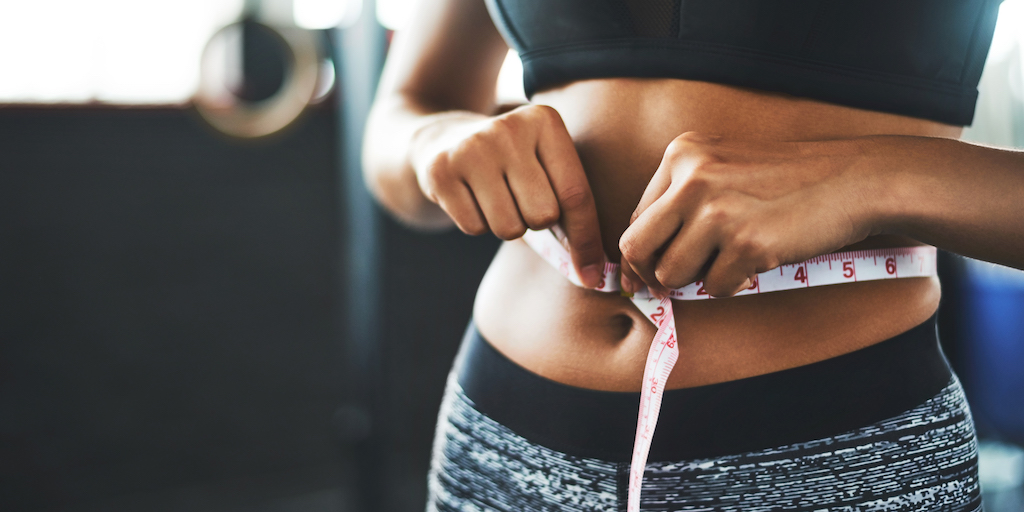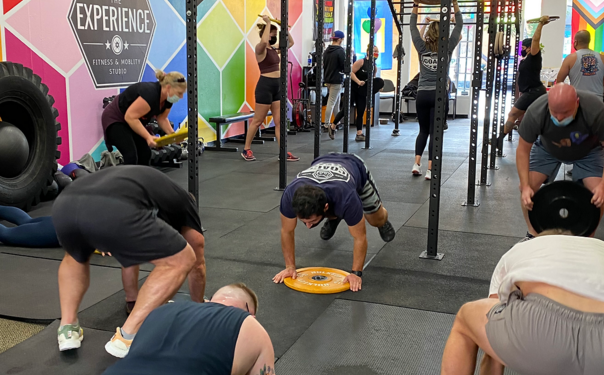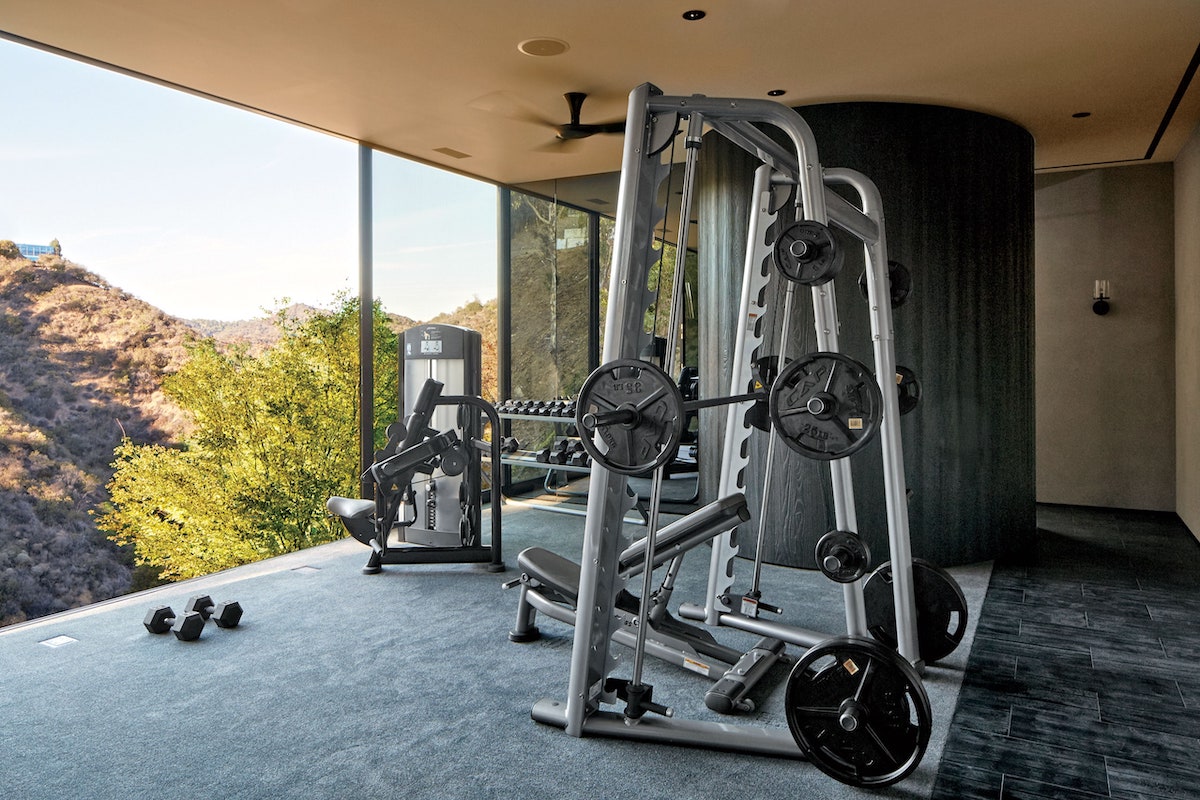
Should You Bulk or Cut? Here’s the Answer
When aiming for fitness goals, you must decide whether to bulk up or cut down. Understanding the differences is crucial for your success. They will help you select the best approach for your body. By bulking up, you aim to increase muscle size and strength. Contrary, cutting down targets reduces excess body fat for a leaner physique.
In this blog post, we’ll look at various aspects of bulking and cutting in fitness. We’ll also pinpoint the optimal periods for these procedures. The article also explains how to switch between these phases smoothly.
 The Basics of Bulking and Cutting
The Basics of Bulking and Cutting
In the realm of fitness, bulking and cutting serve specific objectives. Bulking is used to increase muscle mass while cutting is used to reduce body fat. Muscle growth during a bulk phase necessitates consuming extra calories. Eating foods rich in nutrients is essential for achieving optimal muscle development. To achieve greater results, you may include the best supplement for bulking in your plan.
Cutting involves eating fewer calories. This is to shed fat while keeping muscle. Balancing calorie intake and nutrition is highly important. Both phases need different nutrition and workouts.
Bulking focuses on strength training and a protein-carb diet. Cutting involves adding muscle and cardio workouts. You also follow a high-protein, low-calorie diet. Understanding nutrition, calories, and exercise can help. They lead to muscle gain and fat loss for a more defined body.
 Evaluating Your Current Body Composition
Evaluating Your Current Body Composition
Before choosing to bulk or cut, it’s essential to assess your body composition. The ideal body fat percentage range for men is from 6 to 24%, while for women it is from 14 to 31%. Being above or below these ranges affects your choice. High percentages might mean cutting to lose fat. Low percentages could mean bulking to gain muscle.
Your muscle mass matters too. Those with more muscle might cut to tone. Others might bulk to add muscle and strength.
Evaluating your composition is about more than just numbers. It sets your starting point. As your body changes, periodic checks and adjustments are vital. This keeps you on track toward your fitness goals.
 The Best Time to Bulk
The Best Time to Bulk
Starting a bulking phase at lower body fat is the best idea. It means your body can use calories well for muscle, not fat. This method has several benefits. It makes tracking muscle gains clearer and adjustments easier. Also, it may boost muscle-friendly hormones, like testosterone, and reduce insulin resistance. These hormones are crucial for muscle growth.
In a bulking phase, aim for a calorie surplus. Choose foods rich in protein, carbs, and healthy fats. This strategy supports muscle growth and recovery. Regularly check your body composition. Ensure most weight gain is muscle. If fat is increasing faster than muscle, adjust your calorie intake or training.
Bulking is best when you’re lean. It involves a smart increase in calories, focusing on quality nutrients, and monitoring progress. This way, you build muscle effectively. It also prepares you for a cutting phase when needed.

The Best Time to Cut
A key part of a fitness plan is knowing when to cut, especially after checking your body and setting goals. Cutting means losing fat but keeping muscle. It should match your goals, the season, and your health.
First, cutting works well after bulking or when you have more fat. This helps define your muscles.
Many people choose to cut in spring for summer. This lines up with the desire for a leaner body during warm weather. However, your best time can vary. It might depend on events like a competition, wedding, or vacation.
Your health also matters. If you hit a muscle gain plateau or gain too much fat, it might be time to cut.
Lastly, think about your mindset and lifestyle. Cutting needs a strict diet and more cardio. Make sure you can handle a calorie deficit and extra exercise. Balancing these with your life will make cutting easier and long-lasting.

Cropped shot of a fit young woman measuring her waist in a gym
Bulk or cut: Making The Right Choice Cutting Supplements
In bodybuilding and reaching fitness goals, knowing when to bulk or cut is crucial. Additionally, choosing the right cutting supplements can further enhance your results. Cutting supplements can add to your diet and exercise routine. They help with fat loss and muscle preservation. However, you must choose the right supplements. You should pick them based on your needs and goals.
-
Appetite Suppressors
These supplements contain ingredients like glucomannan, chromium picolinate, and Garcinia cambogia. They assist by reducing urges for food and maintaining satiety.
-
Fat Burners
These supplements enhance metabolism and increase calorie burning. They also boost energy levels and support fat loss.
 Switching Between Bulking and Cutting
Switching Between Bulking and Cutting
Understanding when to transition from bulking to cutting is crucial. It has a direct impact on your physical fitness and success in bodybuilding. It also aids in preserving the benefits obtained in every stage. Now, let’s examine the variables for determining the appropriate time to make a change.
-
Bulking Phase
Phase of increasing muscle mass through a high-calorie diet and intense workouts.
While bulking, individuals consume additional calories. This encourages increases in muscle mass and strength. This stage includes rigorous strength training and consuming large amounts of calories.
- Body Fat Percentage
It is essential to monitor your body fat percentage. It informs you of the right time to transition between bulking and cutting.
- Progress Plateau
When your muscle growth levels off, it could be a signal to transition from a bulking phase to a cutting phase.
-
Cutting Phase
In this phase, individuals concentrate on reducing their body fat. Their goal is to also maintain muscle mass. This stage includes reducing calories, doing cardio workouts, and following a healthy, nutrient-rich eating plan. Let’s investigate the moment to transition from a cutting phase to a bulking phase.
- Target Body Fat Percentage
When you have achieved the body fat percentage you wanted, it could be time to make a change. This ensures you keep most of your muscle. Then, you can focus on building more.
- Strength Loss
A significant strength loss during cutting could mean you’re losing muscle. Moving to the bulking phase can rebuild strength and support muscle growth.
Understanding these factors helps people decide and adjust their training and diet. Also, seeing a fitness professional or nutritionist can offer valuable guidance.
 Conclusion
Conclusion
The path from bulking to cutting is personal, based on your body, goals, and lifestyle. It’s not just about choosing one over the other. It’s about understanding each process and its fit with your goals.
Knowing when to bulk or cut is key, as is picking the right supplements. Successful fitness goes beyond just bulking or cutting. It needs a plan that includes diet, exercise, and supplements for each phase. This plan demands both discipline and informed choices to maximize results. The right supplements can boost your progress, whether you aim to build muscle or lose fat.
Moving between bulking and cutting should be a careful transition. This protects muscle gains and aids fat loss. It’s crucial for building a toned, strong physique while maintaining health. Achieving your fitness goals is multifaceted. It needs planning, execution, and patience. Making informed choices that match your needs and goals is key.




 The Basics of Bulking and Cutting
The Basics of Bulking and Cutting Evaluating Your Current Body Composition
Evaluating Your Current Body Composition The Best Time to Bulk
The Best Time to Bulk Switching Between Bulking and Cutting
Switching Between Bulking and Cutting Conclusion
Conclusion